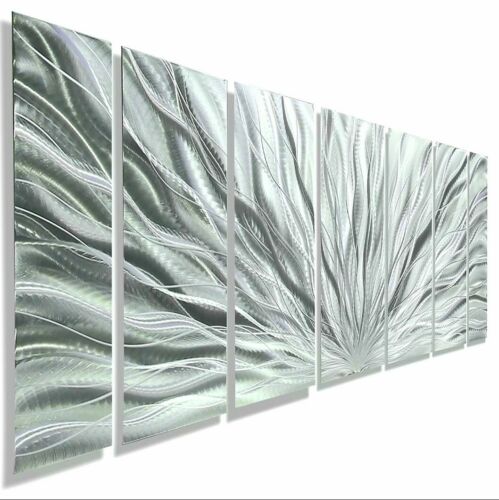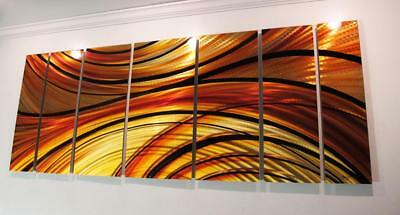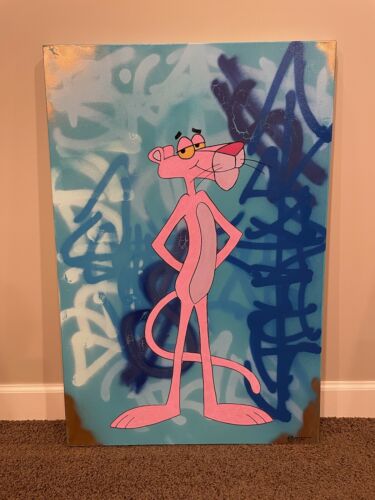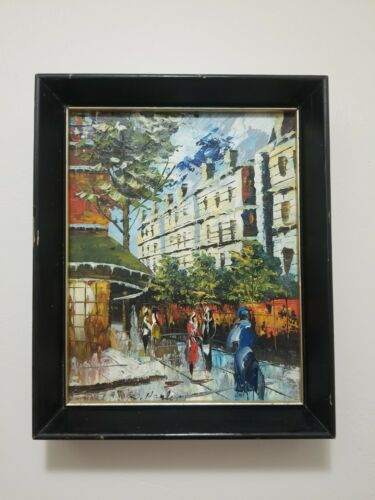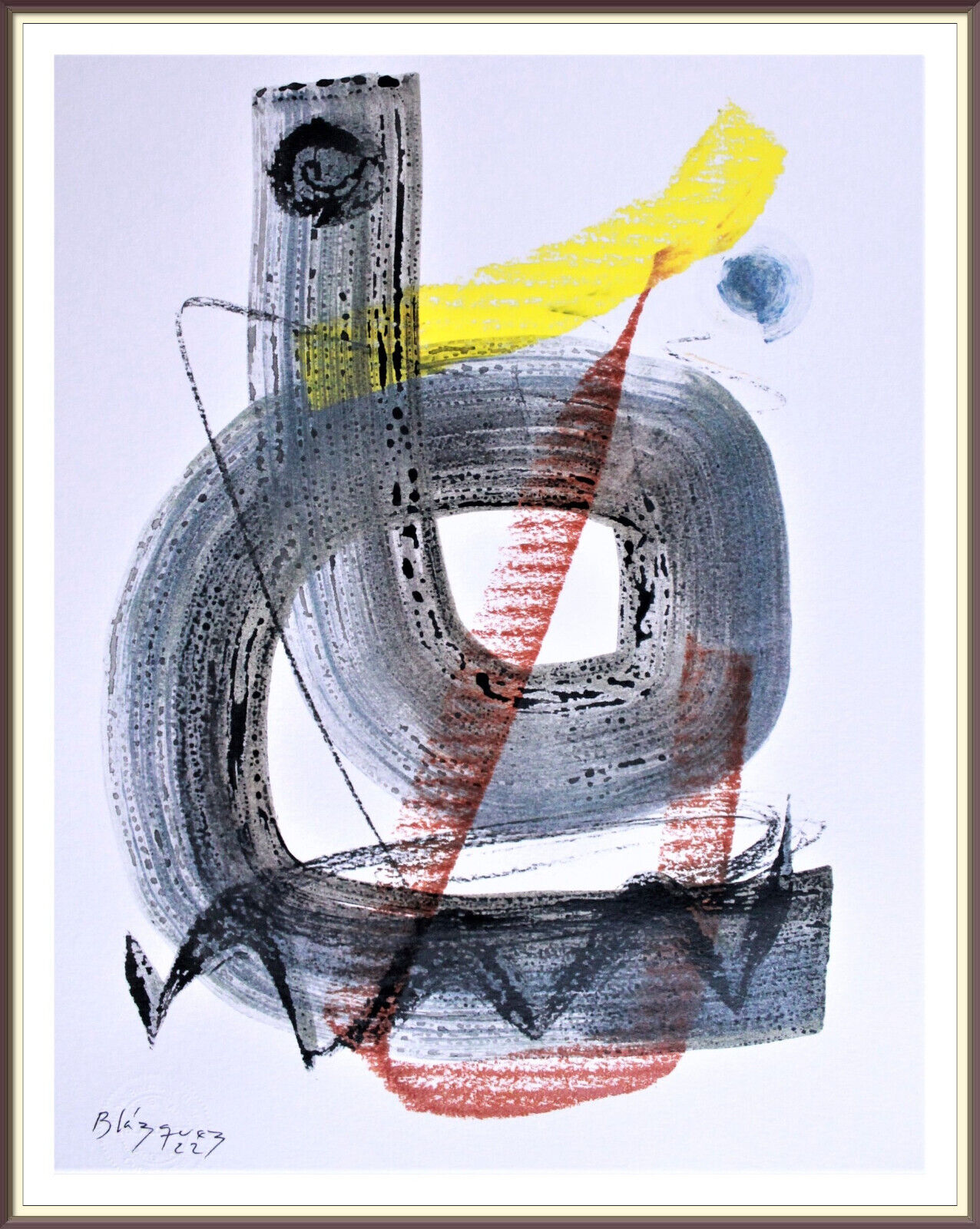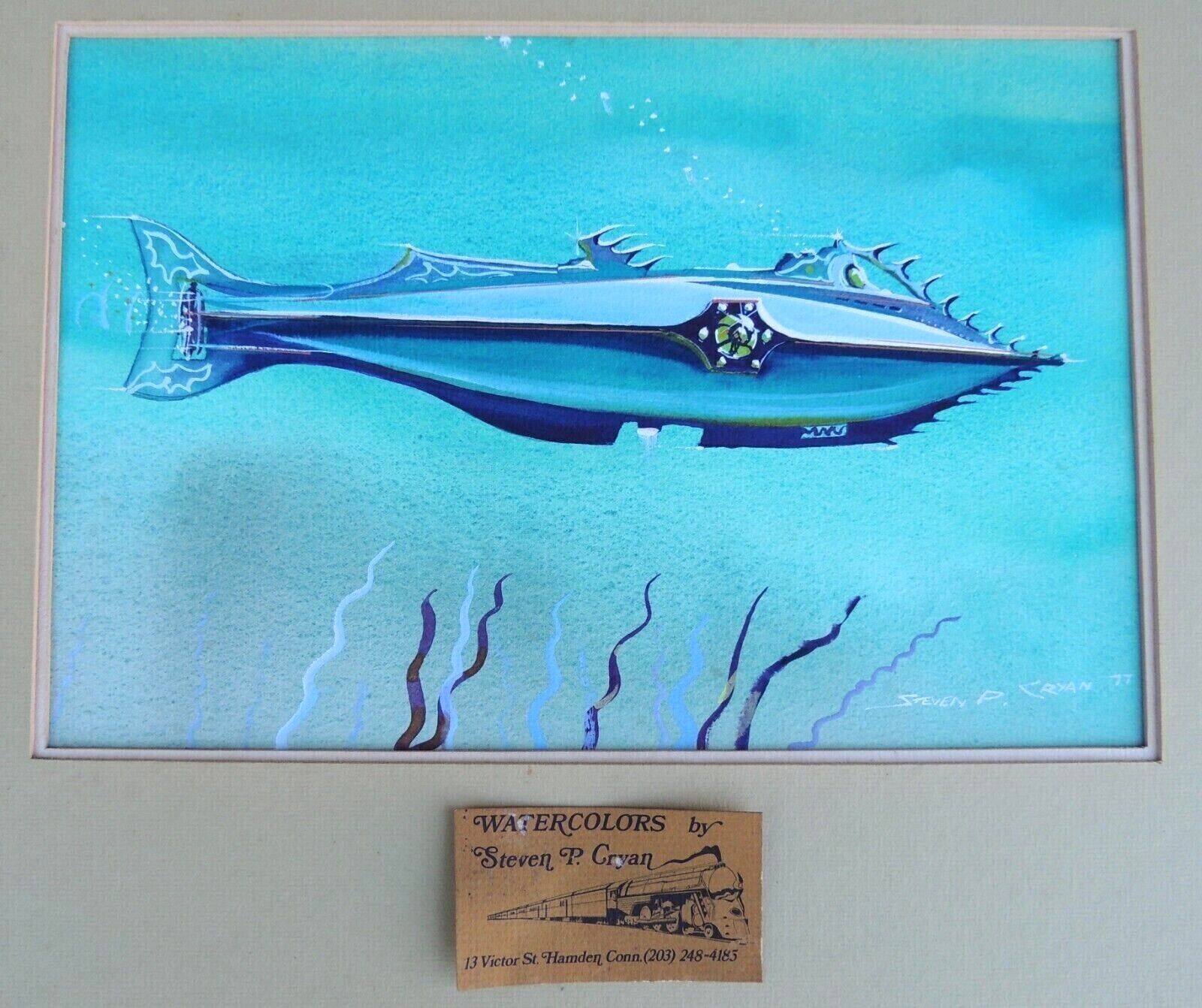-40%
JAPANESE HAIGA-PAINTING,HAIKU POETRY, NANGA, Matsuo Bashō, Osaka, around 1680
$ 0.52
- Description
- Size Guide
Description
JAPANESE HAIGA-PAINTINGOsaka, around 1680
HAIKU POETRY
Matsuo Bashō
NANGA
*** Poem Painting ***
*** Haiku Poetry ***
*** SHIN GAJYOU ***
*** Takenchi Jiro ***
Japan-Poetry-Nanga "HAI" meant merrily and "GA" meant a picture = Merry picture
Japanese Painting on rice paper
Unique
Haiga is an advancement of the Chinese Nanga Painting Avoidance of the description and/or representation of redundant unimportant one
Material:
Rice paper
Contents:
Haiga-Painting (UNIQUE)
SHIN GAJYOU
Takenchi Jiro
***Handcolored***
The Haiga defines itself by the same characteristics as the Haiku-Poetry.
The Haiga is very near earth, unpretentiously and humorous, makes the straight unspektakulären, daily topics and objects visible. These characteristics are also again in to us the well-known terminology: Shark dock taste, shark dock smell, simplicity, being sufficient SAMness, modest and simple way of life, harsh and passing beauty, Transzendenz, avoidance of common one and of Cleverness and Rafinement. Simplicity, Schlichtheit thriftiness and modesty are the outstanding features of the Japanese aesthetics.
Matsuo Bashō (jap. 松尾芭蕉, Matsuo Bashō; * 1644 in Akasaka, province Iga (today: Akasaka, Ueno, Iga, prefecture Mie); † 28 November 1694 in Osaka), actually Matsuo Munefusa (松尾宗房), was a Japanese poet. It is considered as important representatives of the Japanese verse form Haiku. Bashō and its pupils renewed the up to then humorously playful shark dock poetry and raised them into the rank of serious literature. Bashō was in-born into a Samuraifamilie of low rank, whose environment he opposed. Instead of hitting the military career planned for him, he became a rambler, who studied the way and the history of the Zen and classical Chinese poet they turned. Bashōs father died 1656; it is possible that the 12-Jahre old Bashō stood for young relatives of the dominant Feudalherrn at this time already in the service of Todo Yoshitada. With it Bashō divided the passion for shark dock the NO Renga, a form of alternating, joint sealing usually into 14 and 17 Moren. With sudden death Yoshitadas 1666 ended to Bashōs service for the Feudalherrn and it probably withdrew itself in the age from 22 years into the isolation of a buddhistischen monastery with Kyōto, where also its earliest, today still received verse develops. Starting from 1667 he probably lived in Fukagawa with Edo (today Tokyo) with its friend Sugiyama Sampu, where he began to seal Haiku and deepen into poet they. Although Bashōs appeared verses to 1667, 1669 and 1671 in different Anthologien, the biographic recordings break off to a large extent to Bashōs life until 1676. it wrote some hundred verses to 1676 together with another poet in Edo for a long time renku. Bashōs poet they enjoyed soon in the literary circles of the Nihombashi large attention. In the consequence it was informed by Kitamura Kigin (1624-1705). 1680 it possessed already 20 pupils.
They offer on this
Original HAIGA-Painting of Matsuo Bashō,
Osaka, around 1680!!!
RARELY !!!











